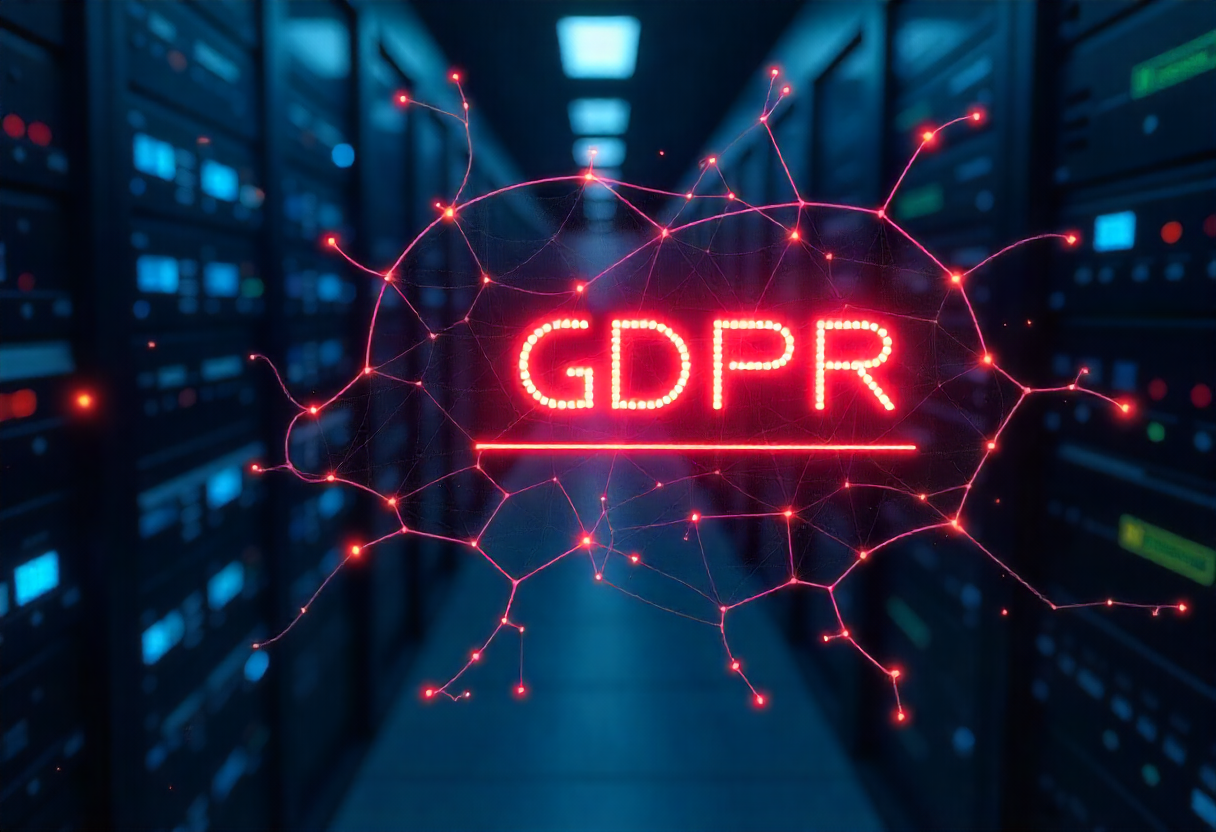
How to Build AI That Respects Privacy
AI has massive potential, but it comes with a catch: it often relies on personal data to learn, predict, and generate. If you’re not careful, that reliance can lead to privacy violations, regulatory trouble, and a serious erosion of trust. Fortunately, it’s possible to build AI that’s both powerful and privacy-safe, but it requires intention, structure, and accountability.
This guide breaks down how your team can do it right.
Why Privacy-Safe AI Matters
Consumers and regulators are paying attention. In a 2023 Cisco report, 92% of users said they wouldn’t share data with a company they didn’t trust. And with laws like GDPR, CCPA, and HIPAA now being enforced more aggressively, the cost of a privacy failure can be massive.
Building AI responsibly isn’t just the ethical thing; it’s a business imperative.
1. Design With Privacy From the Start
Too many teams treat privacy as an afterthought, something to patch in after launch. Instead, apply the principle of privacy by design:
- Map all data flows before training or deployment
- Minimize personal data use wherever possible
- Default to opt-in data collection
- Limit access internally (need-to-know only)
- Document decisions and risk evaluations
According to the Future of Privacy Forum, integrating privacy design from the outset significantly reduces exposure to compliance failures and helps build public trust.
2. Use High-Quality, Consent-Based Data
The quality of your training data is one of the biggest factors in your AI’s trustworthiness.
- Don’t scrape personal data unless it’s truly public and legally reusable
- Use open-source datasets with clear licensing
- Buy data only from vendors who can document consent and compliance
If you’re unsure about the origin of your dataset, don’t use it. Unknown provenance is a legal and ethical risk.
3. Apply Smart Anonymization
Not all data needs to be personal. You can often preserve utility while protecting privacy:
- Use differential privacy to add noise to datasets without breaking patterns
- Apply k-anonymity to group individual data points
- Mask or tokenize identifiers like names, emails, or addresses
Crucially, always test whether your anonymization techniques are reversible. Re-identification is a real risk if data can be cross-referenced.
4. Limit What AI Can Memorize
Some large models have been caught reproducing personal data word-for-word. To avoid this:
- Use smaller, task-specific models where possible
- Fine-tune instead of training from scratch
- Regularly test model outputs for leakage
- Block sensitive terms or PII in output filters
OpenAI and Google have both introduced safeguards to detect and limit memorization, but these features aren’t foolproof.
5. Implement Human Oversight
AI works best when it’s part of a system, not the entire system. Always ensure:
- Humans can audit AI outputs and data inputs
- There’s a clear escalation path for risky decisions
- Your team knows how to intervene and shut down systems if needed
The World Economic Forum recommends a “human-in-the-loop” model for all high-stakes AI use cases.
6. Be Transparent With Users
Respecting privacy also means being clear and honest with your users:
- Explain when and how AI is being used
- Offer opt-outs or manual alternatives
- Provide privacy policies in plain language
- Respond quickly to data access or deletion requests
Transparency builds trust and makes compliance easier.
7. Monitor and Evolve
Privacy isn’t a one-time task. Build systems that can adapt:
- Monitor for data drift and new risks over time
- Regularly update your privacy policies and risk models
- Stay informed about new regulations and frameworks
Some companies now appoint a Chief AI Ethics Officer or internal privacy task force to maintain long-term alignment.
Final Takeaway: Privacy Is an Advantage
AI doesn't have to compromise privacy. When done right, it can respect users while still delivering value. Companies that build privacy into their AI systems will not only avoid fines and bad press, but they'll win consumer trust.
Privacy isn’t a blocker to innovation. It’s the key to building something that lasts.


